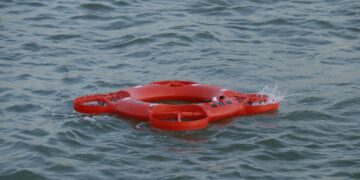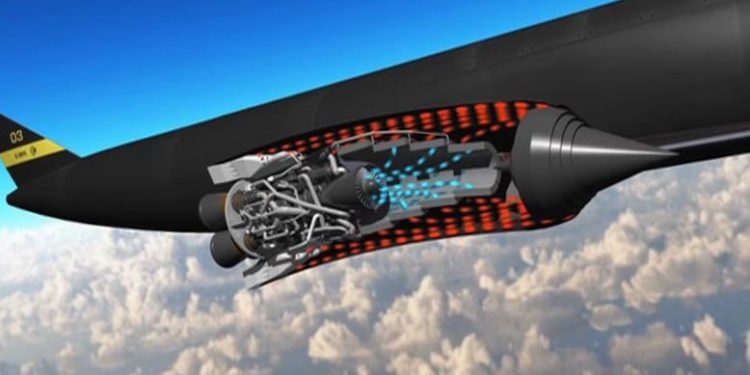The British company Reaction Engines has developed a new class of SABRE engines that will allow you to fly from one end of the world to the other in just 4 hours.
Flying to the other side of the world takes time and money. Today, it takes about 20 hours to get to Sydney for a Boeing 747 to take off from Heathrow Airport. Many hours of flight mean high prices for passengers and significant environmental impacts: each year, long-haul flights generate more than 8 tons of CO2. Imagine now boarding in London and reaching Australia in just 4 hours thanks to a hypersonic flight that releases only water vapour into the environment: much more comfortable and ecological, right? It may sound like science fiction, but this journey will soon be possible thanks to the SABRE engines developed by the British company Reaction Engines. SABRE™ – Synergetic Air Breathing Rocket Engines – is the name of a new hydrogen-powered engine capable of propelling an aircraft at a speed of 6,500 kilometres per hour, three times faster than a Concorde. Being a hydrogen engine, the exhaust gas is simply water vapour.
Sabre engines: tests on the way
The real novelty of the SABRE engines is the cooling system developed in partnership with the British Consarc Engine Ltd. At the speeds that SABRE aims to achieve, the air entering the engine is so hot as to melt the traditional engines. To solve this problem, British engineers have developed a revolutionary system: the precooler. It is a kind of (very powerful) radiator that captures the air that enters the engine at a temperature of over 1000 degrees and lowers it -150 degrees in a fraction of a second thanks to a system consisting of thousands of small tubes through which flows liquid helium. Plants of this kind are already in use but, currently, they have the dimensions of a football field: in the SABRE engines, instead, the precooler will have the same dimensions as a normal airplane engine. Thanks to this powerful cooling system, the engine will be able to generate energy equal to Mach 5.4 and push the plane at a speed of 6,500 km per hour without melting. All this energy will allow the plane to leave the Earth’s atmosphere and travel a suborbital trajectory to arrive on the other side of the world in times unthinkable until a few years ago. The SABRE system has passed the preliminary analysis of the European Space Agency (ESA) and the British Air Force Authority (UKSA) and the first laboratory tests, which began in April, have given positive results. Before flying from London to Sydney in just 4 hours, however, there is still a lot of work to be done: the first test take-off could take place in 2025 but to buy a ticket you will have to wait until 2030.

































